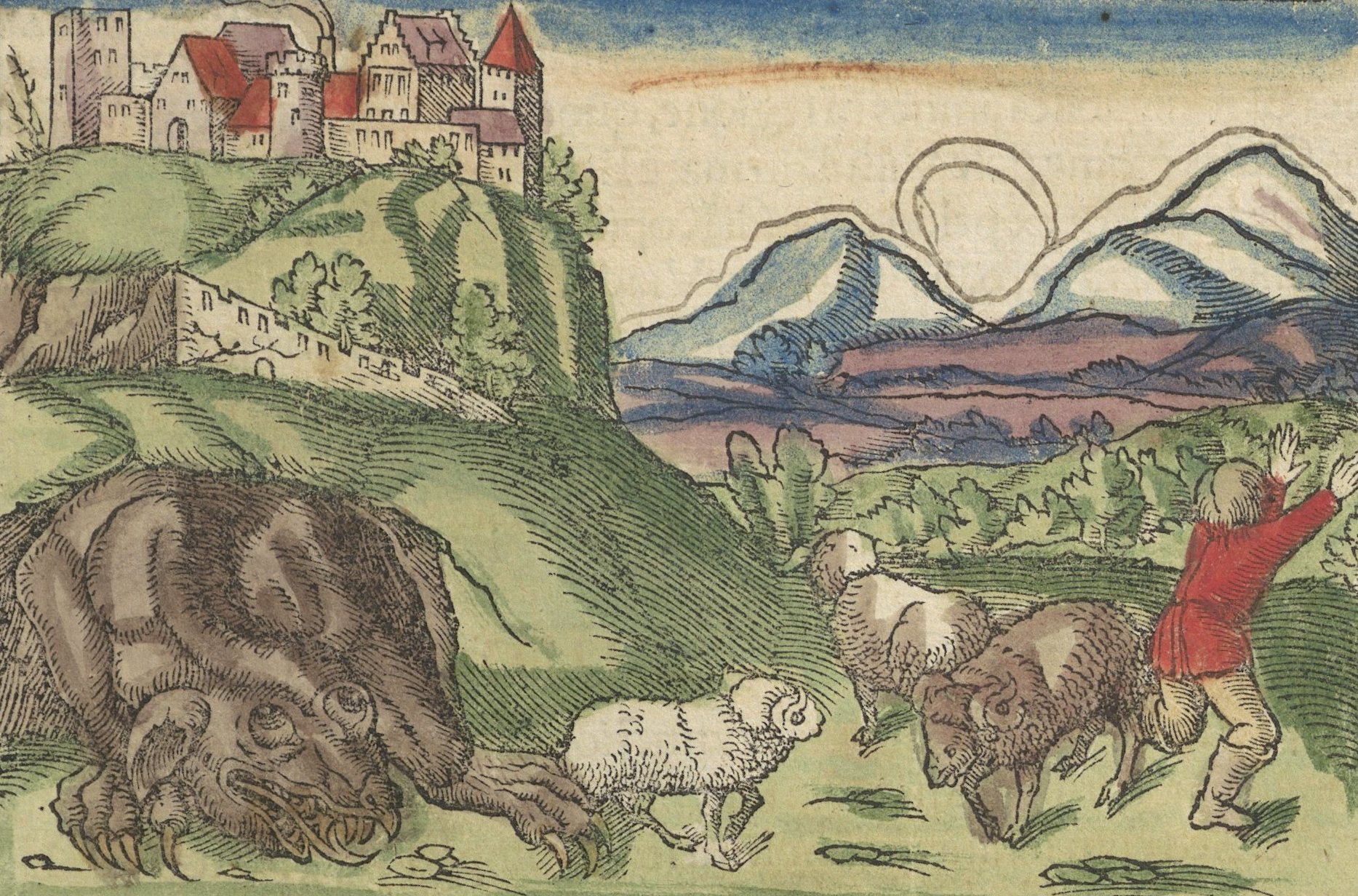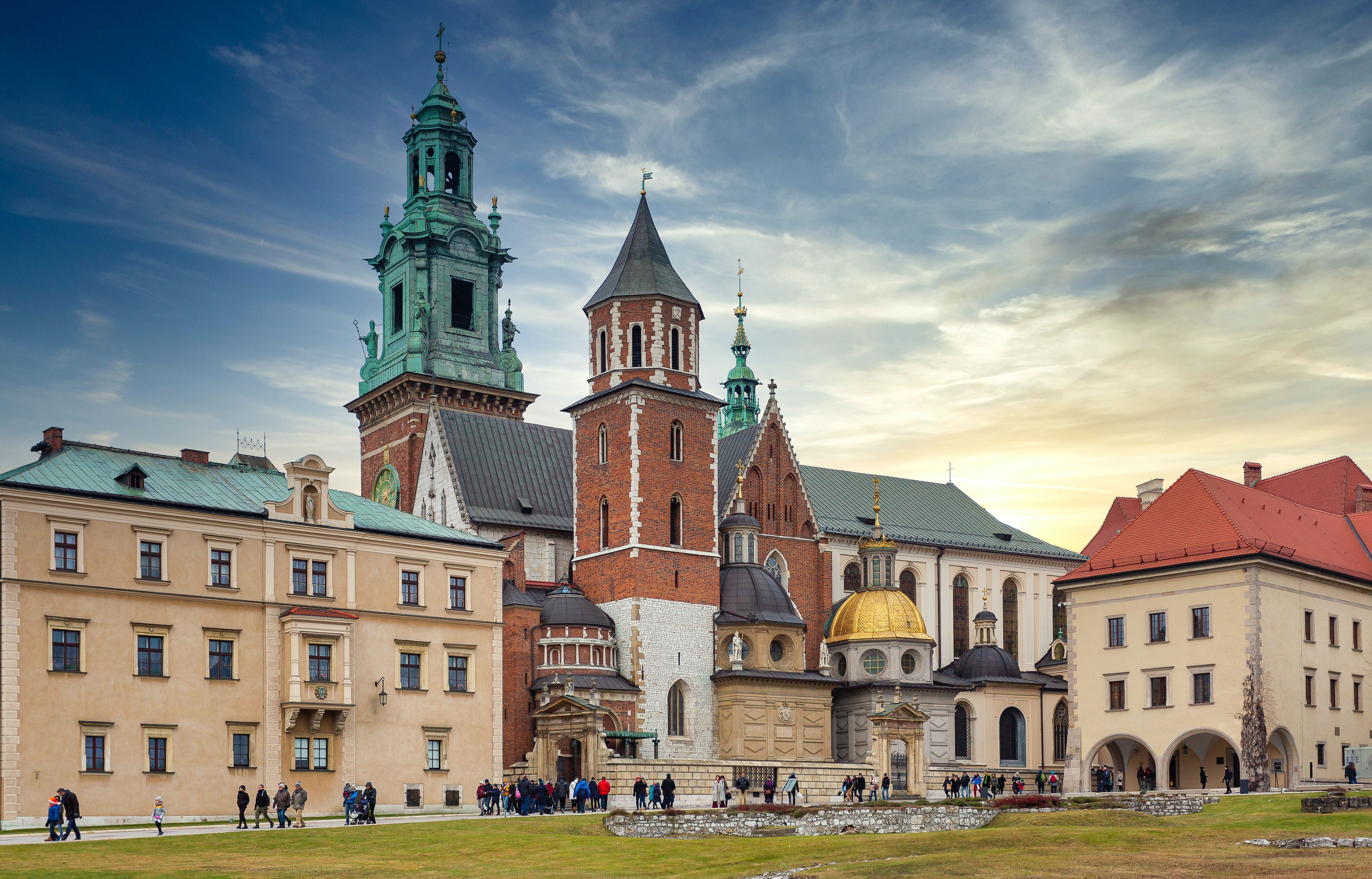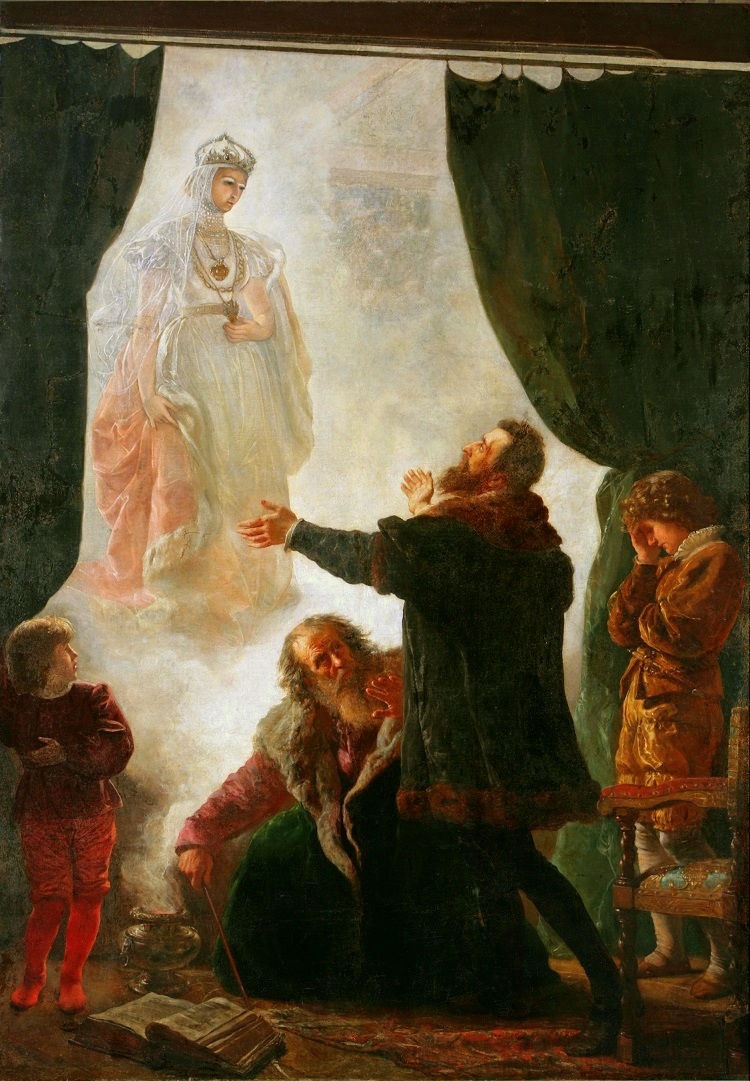


The history of Wawel Hill is as old, if not older than the history of Poland itself. By the end of the 9th century, it had become, quite literally, the stronghold of power on the banks of the Vistula River, and from then on... it only got better.
There are few places in our history like Wawel Hill. It has been with us almost from the beginning, and over time, its significance has grown, evoking emotions that are still very much alive among the Polish people, sometimes even intense.
The beginnings, oh yes, they fade into the dark ages of early medieval times. We know that someone inhabited the caves carved into the Wawel Hill. Was it the legendary dragon? The man-eater, as Master Wincenty Kadłubek called it? Who knows, who knows. Although there is no direct evidence of such a thing, some remnants of our inner child lead us to believe that Wawel without a dragon is not Wawel. Therefore, we can safely assume that although there is a lack of direct evidence, it is only a matter of time before someone finally discovers those dragon scales and confirms the truth of the legend we all know.

Wawel Dragon from Cosmographia by Munster; 1550
With the end of the first millennium, Wawel began to play a role as a center of political power. We know that in the 9th century, it was one of the main strongholds of the tribal state of the Vistulans. A state, we must add, mentioned by foreign chronicles, so we have some concrete evidence here.
Later on, Wawel, along with the entire Lesser Poland region, fell under the influence of either the Přemyslids or the Piasts. Again, we know nothing for certain, but everything indicates that due to the nature of exercising power in the early Middle Ages, it could have served as one of the centers of itinerant rule. This was important because when Bretislav devastated Greater Poland with his forces, it was on the limestone of Wawel that Kazimierz the Restorer built his reconstructed state. It is then that we begin to speak of Wawel, as well as the whole of Kraków, as the center of Polish power and, of course, in a simplified sense, as the next capital of Poland.
At this point, it is worth pausing for a moment and clarifying one thing. For most of us, Wawel and Kraków are one and the same. Wawel is one of the most important landmarks on the tourist map of Kraków, trust us, we know that :D . However, for the medieval residents of Kraków, it was not so obvious.
In simplified terms, everything started with German law and the establishment of Kraków according to those principles. Let's establish one thing here - the fact that Kraków was legally founded in the mid-13th century does not mean that there was no settlement there before. Quite the opposite, Kraków as a stronghold and city had been developing quite vigorously for several decades in Central European terms. The crux of the matter is that in 1257, it was granted city rights in accordance with the Magdeburg Law, which meant that the city and its inhabitants emancipated themselves from the constraining princely law, gained a certain autonomy, and municipal self-government. And that was something significant, a serious matter indeed.
The city's foundation is also the cause of the medieval rift between Kraków and Wawel because while Kraków, along with its residents, entered a new era of organization, Wawel remained a princely, and later royal, residence, which meant that its inhabitants were subject to different laws. Thus, despite the geographical proximity, Kraków and Wawel began to function as two distinct legal entities.

With the restoration of the Kingdom of Poland, Wawel truly began to embed itself in the consciousness of Polish minds as a royal seat. Over the years, the rulers made successive investments on the hill, expanding and beautifying their residence. The most significant in its consequences was undoubtedly the Renaissance reconstruction of Wawel during the time of Sigismund the Old and his wife, Queen Bona Sforza. With the arrival of Italian craftsmen and their innovative solutions, Wawel completely transformed its appearance, one could even say it became an entirely different place.
With the ascension of the last of the Jagiellons, Sigismund Augustus, Wawel became a witness to the dark rituals of the equally famous and mysterious Master Twardowski. His mirrors, through which he supposedly summoned the spirit of Barbara Radziwiłłówna, became legendary and added to the already substantial legendary dossier of the Wawel Castle.

Wojciech Gerson - Zjawa Barbary Radziwillowny
With the reign of Sigismund III Vasa, Wawel lost its status as the main royal residence and transformed from a vibrant place into a ceremonial site, a royal necropolis, and a symbol of the former glory of the Polish Crown. Later came the partitions, and Wawel itself underwent a complete transformation, but that is a completely different story...